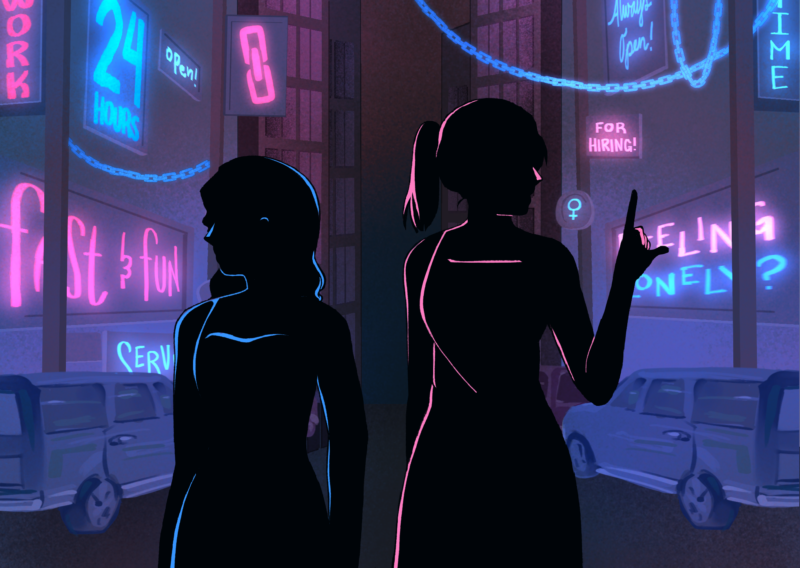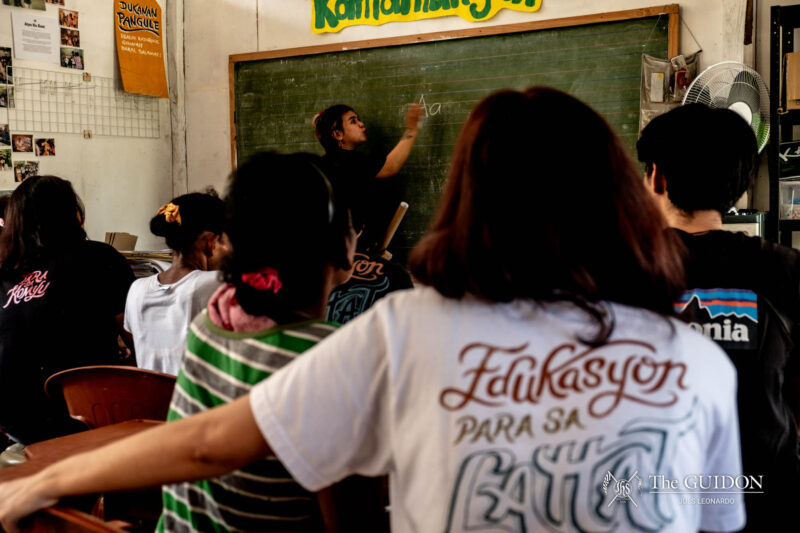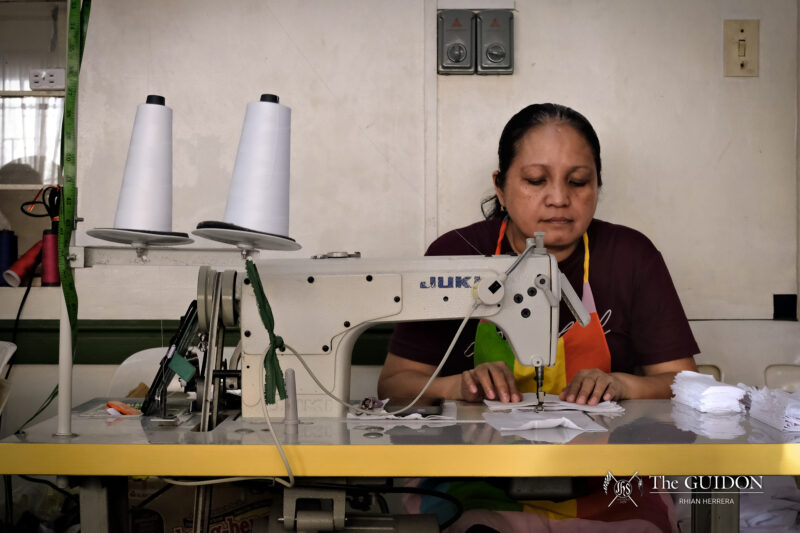Kurt Cobain did it with a gun. A pool of blood, a note, and an entire life cut short to twenty-seven years were what people would remember of his dying day.
From Van Gogh to Hemingway, suicide has taken a lot of lives. Yet on closer inspection of the bigger community, one can hear a soft cry for help anywhere, if only one were so inclined.
A purpose-driven life
It can start with something as small as a fight.
One Thursday morning two years ago, Edna* was ready to celebrate her birthday. Yet instead of blowing birthday candles and making a wish, she ended up overdosing on pills because of a fight with her mother.
“I have this thing about living with a purpose,” she says. “During those times when my suicidal self surfaced, I felt as if everyone was against me [and] that no one was there for me.”
With financial problems and academic worries weighing her down at the same time, all Edna needed was a friend who would answer the incessant ringing on the other end of the line.
But no one answered her calls. “I [prayed] for God to give me at least one friend to talk to, but no one [was] available. I felt really alone,” she says. “I needed a way out, [and] thinking that no one would care about me, I drank probably five to eight capsules.”
Afterwards, all that Edna could feel was peace. “Physically, I felt weak. I thought I was really going to die. But emotionally, it somehow made me feel more calm and worse at the same time. The feeling after an unsuccessful suicide attempt is really confusing, because [your] ending up alive means that you still have a purpose, and you start questioning what that purpose really is.”
Inks and cigs
“It happened by accident,” says Aussy Aportadera (III AB Comm). “I was a kid, [around age] 11. My friends and I were just playing with scissors and I cut myself.”
Aussy considers herself a masochist. Masochism, commonly known as deriving pleasure from pain, is associated with suicide because of the thin line between stilling the blade and going for the kill.
“At first [it was like], ‘Oh no, I have a [wound].’ But after a while, it sort of [made] me feel better. Once I got into the whole masochism thing, I’d be able to take the kind of pain that would match the kind of emotion I was feeling,” she says.
However, as she touches the whitened slash mark on her hand, Aussy says that she stopped for a while after self-inflicting a wound too deep that would not heal for more than three months.
Now, instead of the stereotypical perpetration of masochism, Aussy says, “It’s not just about cutting [or] hurting myself physically anymore. I smoke, [which] is also hurting myself. [It’s now] this mentality that no one’s going to hurt me the way I’m going to hurt myself. I’m the one who’s in control. It makes me strong.”
Belle*, another self-confessed masochist, agrees. She says, “[When hurting yourself], you can take in more emotional pain. You learn how to numb yourself.”
Belle has tried killing herself many times. She has overdosed on 30 different pills downed with alcohol, hanged herself, and slashed different parts of her body. Belle says, “Lately, when I become suicidal, it’s well-thought [of. It’s because] I think of how worthless I am, how I’m a waste of my father’s resources, how I’m not really maximizing my potential. That depresses me.”
Her actions have taken a toll on her. “Being a masochist does sort of make you selfish. But I can’t be that way anymore,” she adds. “I can’t stand watching my parents hurt, because I do care.”
Now, Belle has found another outlet during peaks of anger and depression. A hint of tattoo is peeping from beneath her purple top.
Deal or no deal?
A lot of young people have thought about killing themselves, according to Liane Alampay, Ph.D., an associate professor in the Psychology Department. It is termed as suicide ideation.
“Some would go so far as to make plans about how they’d [end their lives]. But even [though] a lot of young people have suicidal thoughts, [only] a minority would actually take the steps to do it,” says Alampay.
Some would resort to masochism or suicide, thinking that it’s the only way to deal with problems. “But it’s not the best way,” says Guidance Counselor Jovie Valle. “Instead of resolving the underlying issue, [it gets worse.]” She adds, “Life is becoming more complicated by the minute. [College] students face [a] new [set of] challenges. Either you run [from it] or [you] deal with it.”
Healthy options
Each person has a unique defense mechanism for pain. “[Masochism is] not pretension,” says Belle. “I hide my scars, I enjoy pain, but there’s a limit to the pain that I enjoy.”
Some do not consider their deliberate inflicting of pain as something derived from a dysfunctional lifestyle. “I get good grades, I have good friends, I’m not a psycho,” says Belle. “I say I’m a masochist because I know that part of me, [and use it] as a way to cope.”
Others find strength in their faith. “I’d like to believe that those with little faith are more likely to fall into the temptation of killing themselves,” says Edna.
*Names have been changed to protect the individuals.
**”I draw and kiss the bloody dart” is next to the last line of the poem “The Suicide Soliloquy,” purportedly written by a 29-year-old Abraham Lincoln in 1838.






